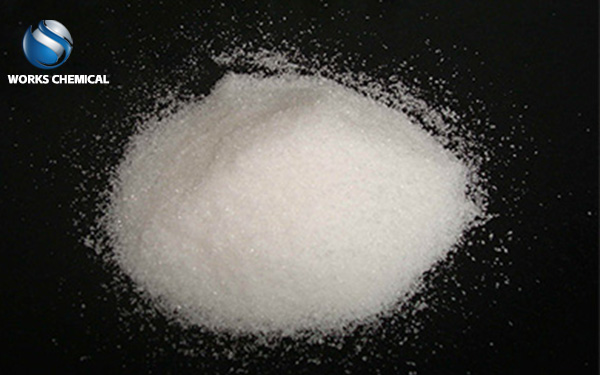
In paper sludge treatment, the selection of dewatering agents is mainly reflected in the following aspects:

One. Complexity of sludge properties
Diverse composition: paper sludge contains inorganic components such as calcite, talc, kaolin, as well as a large number of cellulosic organic matter and plant nutrients such as nitrogen, phosphorus and potassium. This complex composition makes the properties of sludge variable, which poses a challenge to the selection of dewatering agents.
Difference in dewatering performance: The dewatering performance of paper sludge from different sources may be significantly different. For example, the sludge with large fiber content has better dewatering performance, but the amount of flocculant needs to be added is less; Some sludge may be more difficult to dehydrate, requiring more agents and more complex treatment processes.
Two. Diversity of drug types
Inorganic agents and organic agents: dehydration agents are mainly divided into inorganic agents and organic agents two categories. Inorganic agents such as polyaluminum chloride, polyaluminum ferric chloride, ferrous sulfate, etc., are usually used for the dewatering treatment of inorganic sludge; Organic agents such as polyacrylamide (PAM) are more suitable for the treatment of organic sludge. However, in the paper sludge treatment, due to the complexity of the sludge composition, it is often difficult to select a single inorganic or organic agent.
Influence of pharmaceutical parameters: For organic agents such as polyacrylamide, its molecular weight, ionic degree and other parameters will significantly affect the dehydration effect. For example, cationic polyacrylamide can neutralize the negative charge on the surface of the sludge particles and create a bridging effect between the particles, showing strong cohesion, but the cost is higher. Therefore, the performance and cost of the agent need to be considered comprehensively when selecting the agent.
Three. Consideration of equipment compatibility
Requirements for dewatering equipment: Different sludge dewatering equipment (such as belt filter press, plate and frame filter press, centrifuge, etc.) have different requirements for agents. For example, a belt filter press may be more suitable for dehydration with organic agents, while a plate and frame filter press may be more suitable for inorganic agents. Therefore, when selecting agents, it is necessary to fully consider the compatibility and performance characteristics of existing dehydration equipment.
Dissolution and mixing of the agent: the dissolution rate and mixing uniformity of the agent are crucial to the dehydration effect. The selection of agents that are easy to dissolve and can be fully mixed with sludge can improve the dehydration efficiency and reduce the treatment cost.
Four. Environmental and safety considerations
Environmental requirements: Some chemicals may contain ingredients that are harmful to the environment. When selecting an agent, it is necessary to fully consider its impact on the environment and comply with relevant environmental regulations. For example, certain inorganic agents may be corrosive and require special attention to equipment protection and wastewater treatment.
Safety: The safety of the drug is also an important factor to consider when selecting. Agents that are harmless or less harmful to humans and the environment need to be selected to ensure the safety and sustainability of the treatment process.
Five. Balance between economy and cost benefit
Drug cost: The cost of different drugs varies greatly. When selecting the agent, it is necessary to consider the balance between the price, dosage and dehydration effect of the agent. The selection of cost-effective agents can reduce treatment costs and improve economic benefits.
Long-term operation cost: In addition to the cost of the drug itself, it is also necessary to consider the cost of equipment maintenance and energy consumption during long-term operation. Choosing an agent that is easy to operate and low in maintenance can reduce long-term operating costs and increase overall benefits.